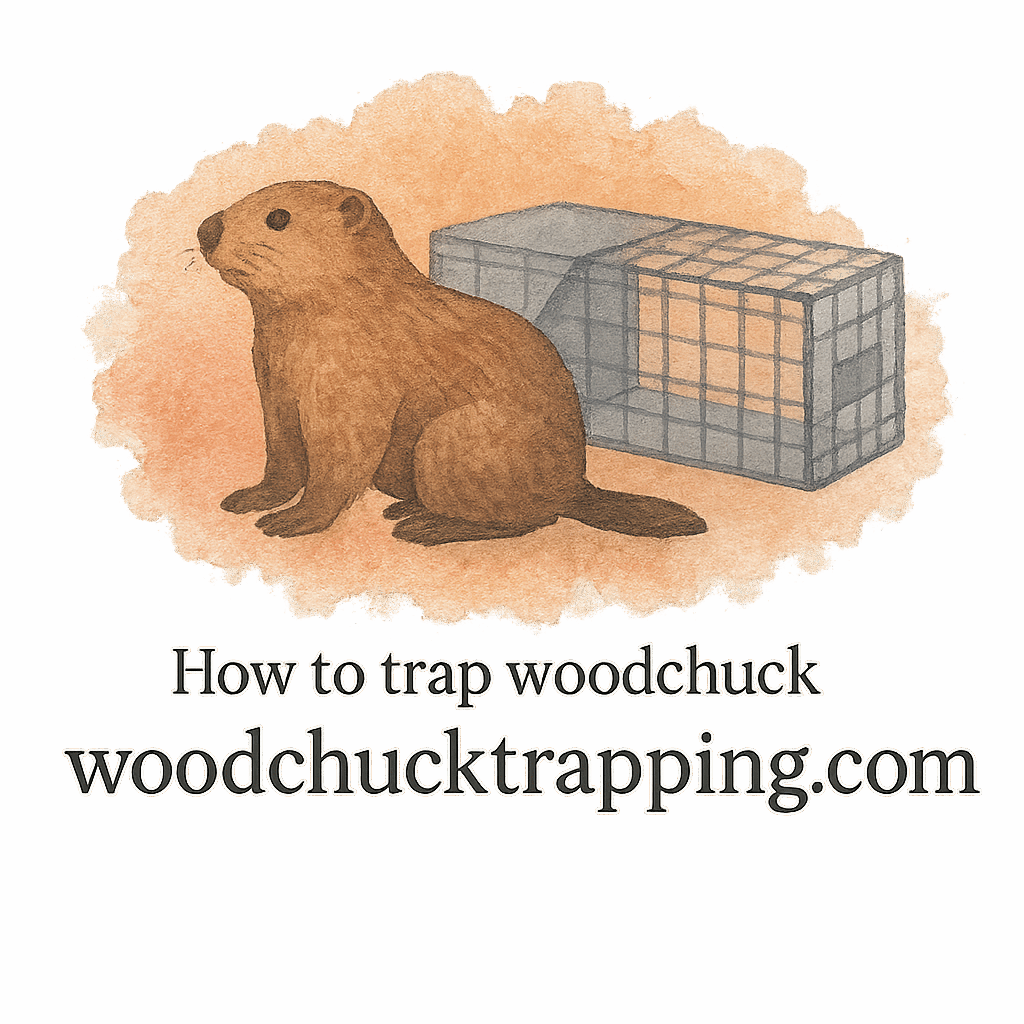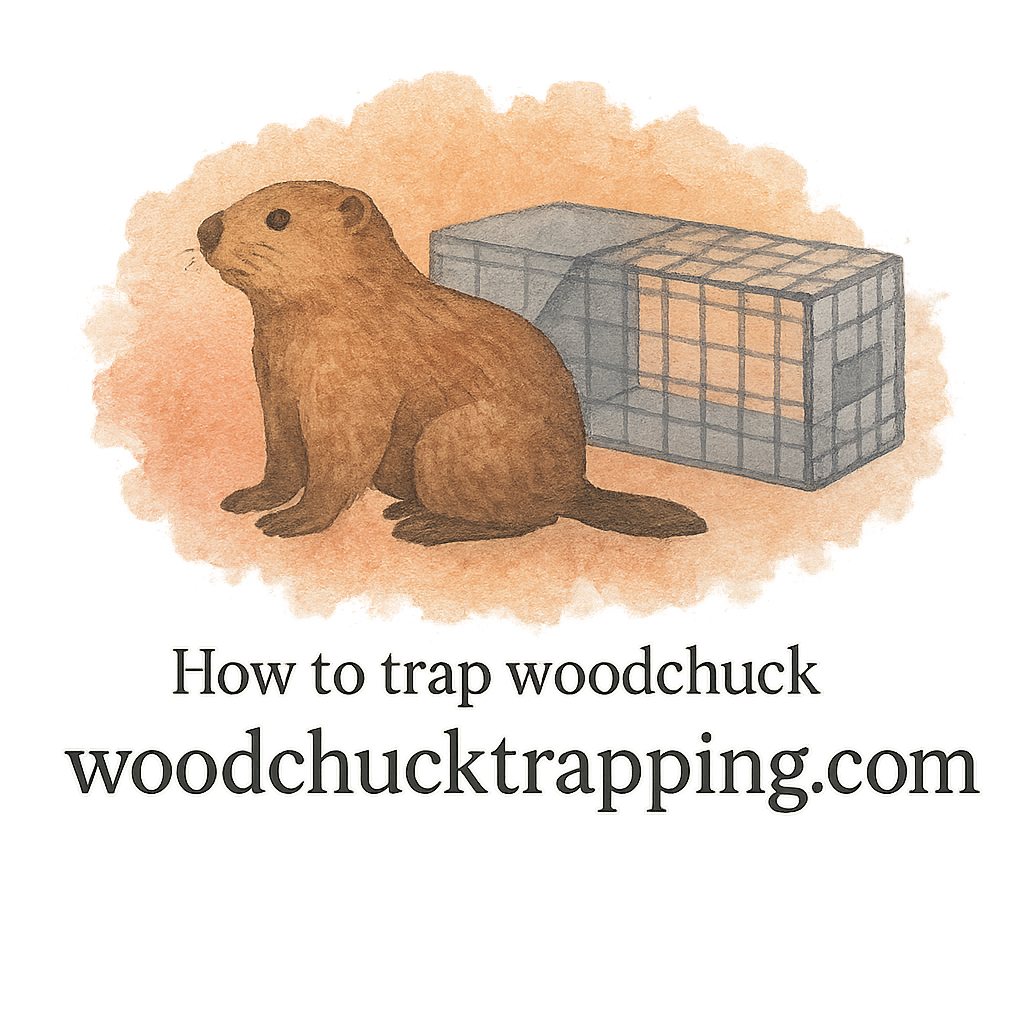Introduction to Woodchuck Trapping
So, you’ve got a woodchuck problem, huh? These furry diggers might look harmless, but they can turn your garden into a battlefield overnight. If you’re new to trapping, don’t worry—we’ve got your back. In this article, we’ll walk through 10 proven woodchuck trapping techniques that every beginner should know. Whether you’re dealing with a curious visitor or a full-blown infestation, these tips will help you trap smart and humanely.
Why Trap Woodchucks? Understanding the Problem
Common Signs of Infestation
Not sure if it’s a woodchuck? Look for:
- Large burrows with fresh dirt mounds.
- Gnawed vegetables and plants.
- Tracks with four toes in front and five in the back.
For more visual cues, check out the internal guide on signs of woodchuck activity.
Damage Woodchucks Can Cause
Woodchucks can:
- Undermine structures with burrowing.
- Ruin crops and gardens.
- Create tripping hazards for pets and kids.
For long-term solutions, review the prevention and damage control tips.
Essential Trapping Gear for Beginners
Before setting your first trap, gear up properly.
Best Compact Traps for Small Yards
If space is limited, go for compact live traps. They’re easier to set and transport. Check out some expert-reviewed trap gear options.
Want a detailed breakdown? Visit equipment reviews for hands-on testing and feedback.
Importance of Using Gloves and Safety Tools
Gloves aren’t just for style. They help hide human scent and protect you from disease. Plus, handling metal traps without gloves? Nope, not fun. Check the gloves tag for more insights.
Choosing the Right Bait and Lure
Let’s talk strategy: baiting and luring make or break your trapping success.
Top Scent Baits That Work
Try these bait favorites:
- Cantaloupe (woodchuck kryptonite!)
- Sweet corn
- Apples
Get more bait ideas and techniques on our baiting and luring guide and check scent bait tags for product suggestions.
How Lures Help in Woodchuck Trapping
Lures amplify the appeal of your bait. A well-placed scent can bring a woodchuck sniffing even from a distance. See the lure tag for top-rated picks.
10 Proven Woodchuck Trapping Techniques
Now the fun begins. Let’s dive into those expert techniques that’ll help you go from newbie to pro.
1. Locate Active Burrows
Burrow entrances are your hotspots. Use trails and droppings as guides. Learn more about identifying burrows here.
2. Identify Woodchuck Travel Paths
Follow well-worn paths leading to food sources. Setting traps along these lines increases your success rate.
3. Set Traps Near Burrow Entrances
Place the trap directly in front of the burrow, so the woodchuck walks right in. Be patient—this is one of the most effective tactics.

4. Use Bait Strategically Inside Trap
Put bait at the far end, behind the trip plate. This ensures the woodchuck triggers the mechanism when trying to reach it.
5. Camouflage Traps with Natural Surroundings
Cover the trap lightly with leaves or grass to make it look natural. Just don’t block the entrance or trip plate.
6. Employ Multiple Traps for Higher Success
Got more than one chuck? Use more than one trap. Especially if you see multiple burrows or droppings.
7. Handle Trapped Animals Humanely
Once trapped, be calm. Cover the trap with a towel to reduce stress. For safety and ethical guidelines, visit humane handling and trapped animal protocols.
8. Follow Local Laws and Safety Guidelines
Laws vary—always double-check local trapping laws. For updated info, visit laws and safety.
Also, check out the safety tag for do’s and don’ts.
9. Monitor Traps Regularly and Timely Check
Never leave a trap unchecked for more than 24 hours. It’s inhumane and could be illegal.
10. Clean and Store Equipment After Use
Wash traps with unscented soap and store them in a dry place. Proper care means they last longer and work better. Explore more on trapping essentials.
Avoiding Common Trapping Mistakes
Ignoring Wind Direction and Scent Control
Woodchucks have a keen nose. Set traps downwind and wear gloves to mask your scent.
Using the Wrong Trap Type or Size
Too big, and the animal may escape. Too small, and it won’t enter. Make sure the trap matches your target. See reviews under trap gear and equipment.
Preventing Future Woodchuck Damage
You’ve trapped your pest—now what?
Physical Barriers and Fencing Tips
Install hardware cloth at least 12″ below ground to block burrowers. It works wonders for small yard spaces too.
Habitat Modification Strategies
Remove wood piles, dense brush, and food sources to discourage return visitors. For more, visit the yard damage control tag.
Final Thoughts
Woodchuck trapping doesn’t have to be complicated. With the right tools, a bit of patience, and these 10 proven techniques, you can protect your garden and property effectively—even as a beginner.
Be sure to explore our complete guide on trapping techniques, and dive deeper into tips tagged under how to trap, trapping, and techniques. Happy trapping!
FAQs
1. What is the best bait to trap a woodchuck?
Cantaloupe is a top choice—its strong scent lures them in fast. Other great baits include sweet corn and apples.
2. Do I need a license to trap woodchucks?
It depends on your location. Always check local wildlife laws or visit laws and safety for guidance.
3. Are live traps better than lethal traps?
Yes, especially for beginners. They’re humane, legal in most areas, and reduce risk of injury or misfire.
4. How long does it take to trap a woodchuck?
Sometimes within a day, sometimes a week. It depends on placement, bait, and woodchuck behavior.
5. Can I reuse traps after catching a woodchuck?
Absolutely! Just be sure to clean and deodorize thoroughly to avoid residual scents.
6. What time of day are woodchucks most active?
They’re diurnal, so they’re most active in early morning and late afternoon.
7. Do traps work in rainy weather?
Yes, but they need to be sheltered. Wet bait loses scent, and rust can damage traps, so protect them properly.


